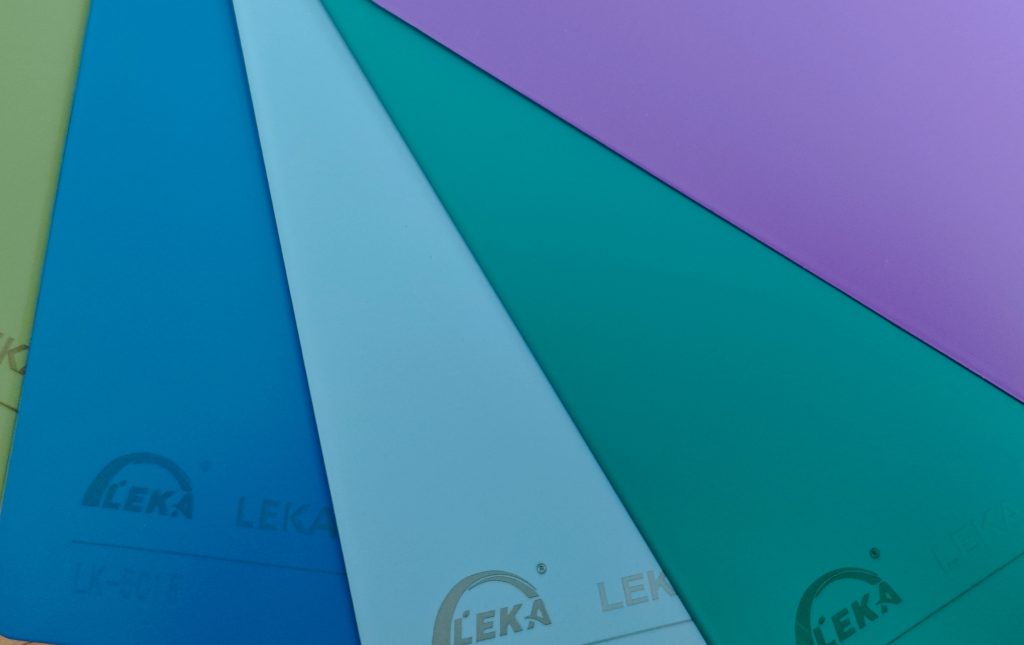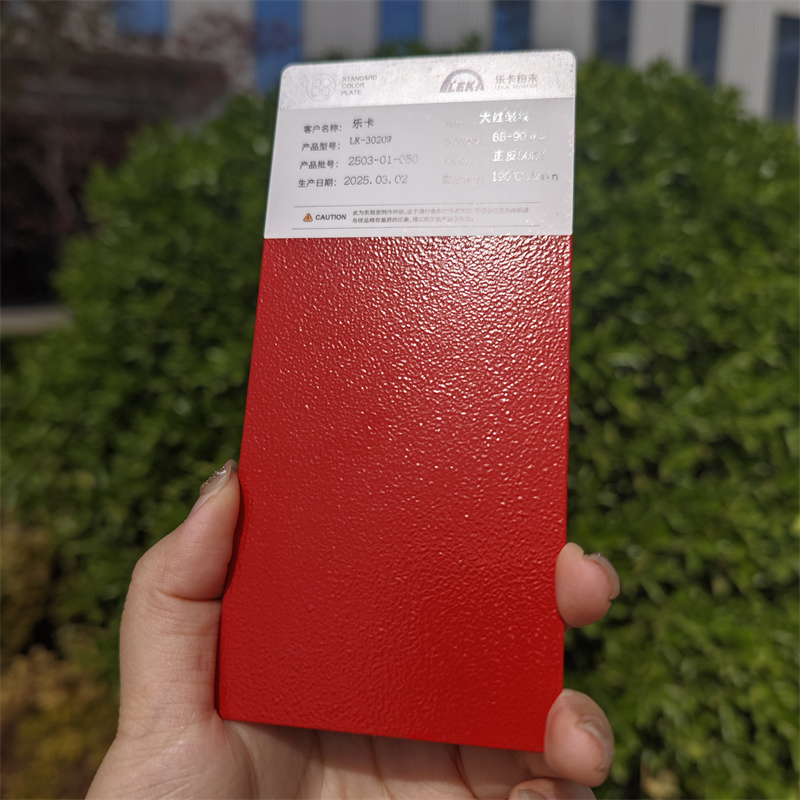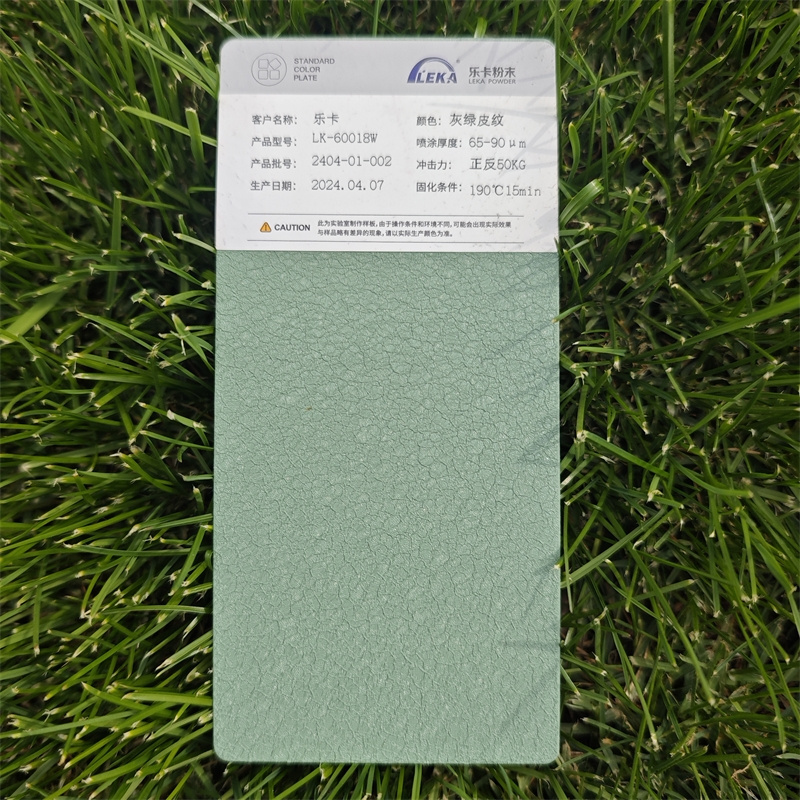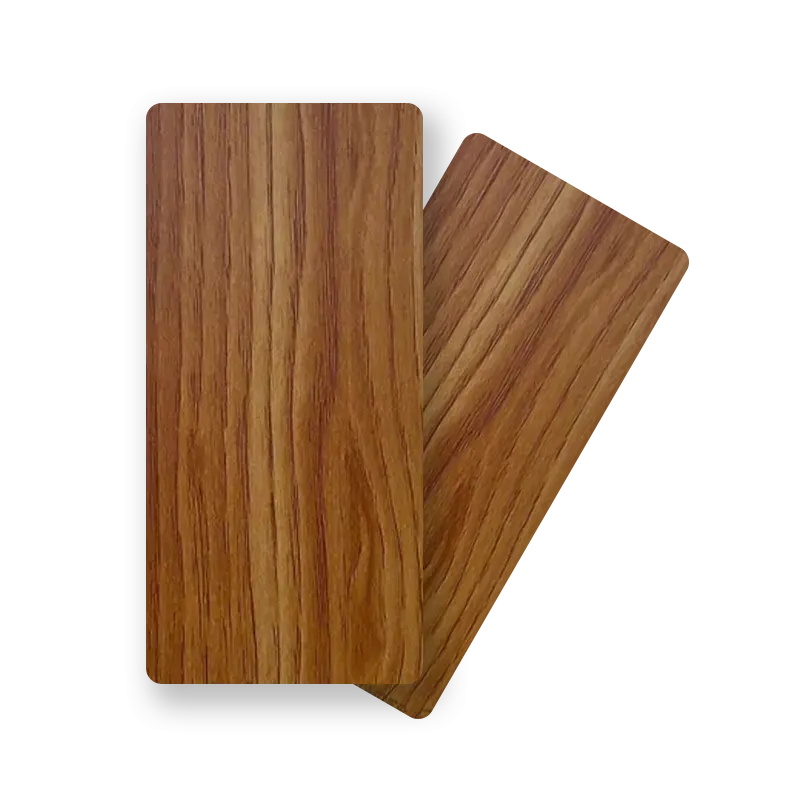Coating shrinkage, in fact, is also called pits. It is a small holes or pits that appear in the coating during the coating and drying process. Tiny volcanic-crater-like defects dot the surface of the sprayed product and seriously compromise its appearance and quality.

Causes of shrinkage
- Powder coating contamination.
Failing to clean the spray gun thoroughly when changing colors or neglecting to inspect the recycled powder properly will mix powders of different colors or materials and thus create pinholes.
- Compressed air problem
When spraying, the compressed air contains oil or water. These impurities will interfere with the normal adhesion and drying of the coating, causing shrinkage holes.
- Too thick coating
The film thickness exceeds the standard. The electrostatic repulsion effect is enhanced. The coating particles repel each other, forming small holes.
- Powder coating is damp
If the water content is too high, it is easy to agglomerate, affecting the uniformity and fluidity of the coating, which will cause shrinkage holes.
- Aluminum surface problem
There is grease, moisture or corrosion pits on the aluminum surface, which will hinder the normal adhesion of the coating and form shrinkage holes.
Solution to shrinkage
- Improve the original powder formula
When changing powder, be sure to thoroughly clean the equipment and pipelines to prevent cross contamination. Choose high-quality, stable powder coatings to reduce problems at the source.
- Keep the powder storage environment dry
Keep the room at the right temperature, seal any unused powder promptly in plastic bags, and add desiccant so the powder stays in peak condition.
- Control film thickness
Strictly follow the process standards; therefore, reduce the film thickness so that the coating can be evenly and smoothly attached to the substrate. Consequently, this avoids the trouble caused by electrostatic repulsion..
- Check the compressed air equipment
Frequently check the water removal and oil removal equipment, and regularly discharge the residual water and oil in the compressed air tank to ensure the purity of the compressed air.





